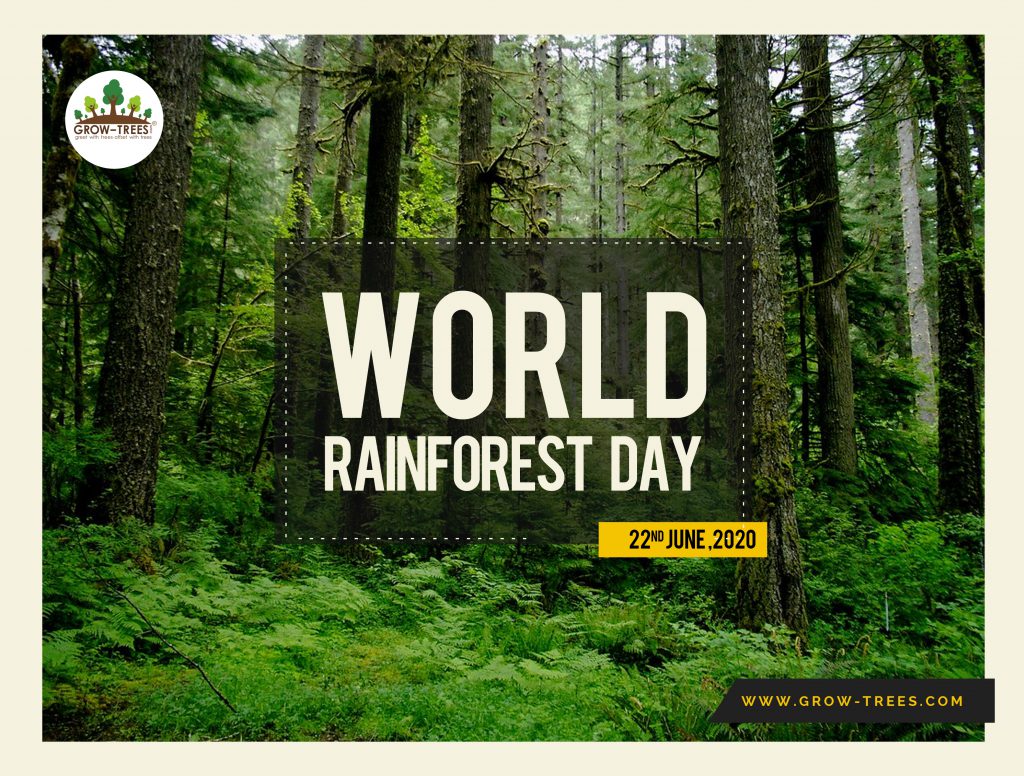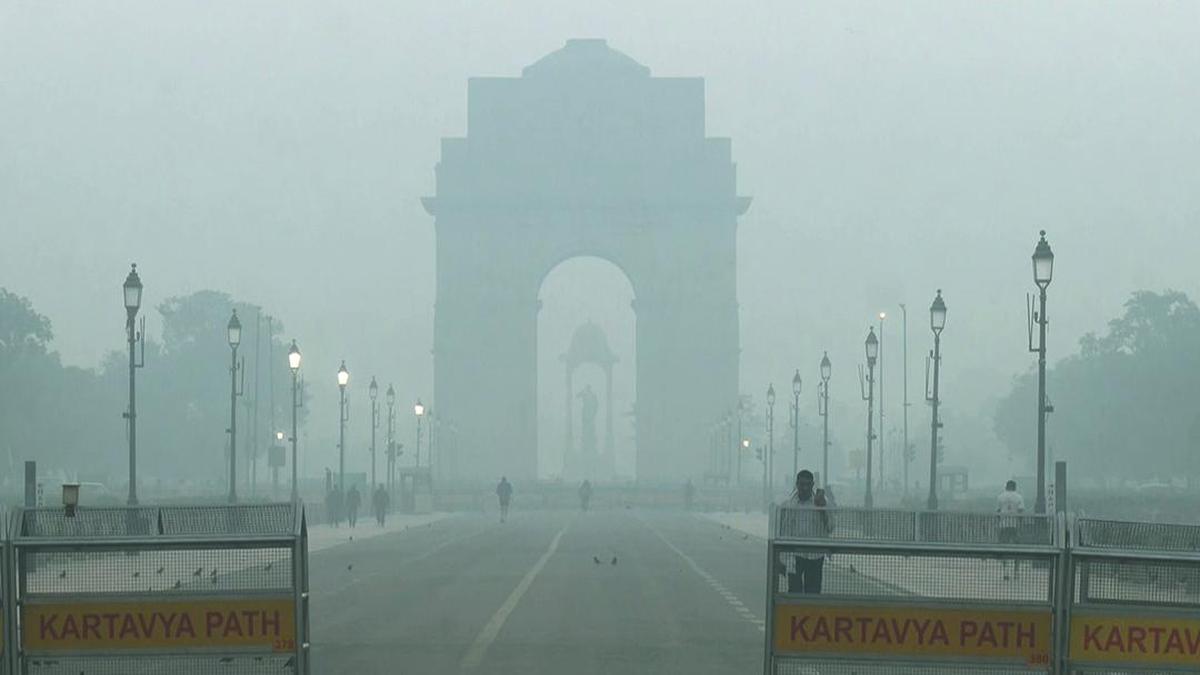Views
30
We are celebrating the fourth annual “World Rainforest Day” on June 22nd, but why is it important for us?
Itis rightly said, “No one willprotect what they don’t care about, and no one will care about what they havenever experienced”. One has the tendency to ignore the importance ofsomething unless educated about it, even if their very lives depend on it. Andtherefore, it seems essential to educate the world about the role andimportance of rainforests in our lives.
Green cover of the Earth that receives 175cm-200cm or more rainfall and is accompanied by warmer climate qualifies as the rainforest. They are said to have such dense vegetation that only about 5% of the sunlight reaches the bottom and rainfall takes nearly 10 minutes to touch the ground. All continents of the world house them, broadly dividing into two types: Tropical and Temperate rainforests, depending on the region that they fall in. Rainforests regulate the water cycle through the process of transpiration; they handle the movement of rainwater to underground water reserves. The biggest canopy trees found here release approximately 760 liters of water annually.
Expertssay that Amazon Rainforest alone provides the world with 15% of freshwater.Rainforests supply the world with 28% of the world’s oxygen, justifying beingcalled the lungs of the planet. Biodiversity of the tropical rainforests is sovast that two-thirds of the vegetative species of the world are found here; onecan have an idea about this with the fact that an area of two football fieldsof rainforests may have more than 400 species of trees.
Withless than 6% of Earths total area, rainforests inhabit more than 50 % of theanimal species. 25% of all the most vital life-saving medicines produced receivetheir essential ingredients from the rainforests. Rainforests, also known as “jewels ofearth” or “world’s largest pharmacy” are very crucial for thesustainability of life on earth.

Rainforestsare spread all over the world and have found their ground in India too. Theycan be found in three regions of our country:
Rainforestsare very crucial for our survival, along with the supply of essential elementslike oxygen, fresh water, medicinal plants, etc.; the livelihood of 1 out of 4people depends on these forests. Hardwoods like mahogany, teak help people makefortune out of them, however, this has proven to work against these forests. Humanshave been encouraged to conduct massive deforestation for monetary purposes,getting support from several national governments as well. 6 million hectaresof forests are cut down every year, and with that rate, they are going tovanish in the next 100 years.
As poorer countries want to repay their debts, rainforests are being exploited in name of timber, mining, agricultural lands, etc. When a large tree in forests is cut down it mashes up to 17 smaller trees blooming under it. A recent development in biofuel and vegetable oils is also harming these forests at an unprecedented rate. An increase in palm oil farming has also contributed to the cause, leading to further deforestation.
Reportssay that every year rainforests of the size of Bangladesh are destroyed, andevery second a rainforest of the size of a football field is ruined.
Thecurrent scenario of the COVID pandemic provides us with an opportunity to stopand restore deforestation. As pollution levels are low currently, so are therequirements. We should utilize this time to understand the nature of thesebiological boons and extend our full support to the organizations which areworking on their toes to save these essential wonders of nature.
Subscribe to our newsletter and recieve a selection of our cool articles every week.

When Mumbai’s Morning Haze No Longer Feels Like Home
Mumbai Weather Update: AQI Turns Severe as Thick Haze Persists, Free Press Journal (FPJ).
Nov 24, 2025

Delhi Is Gasping Again, And This Time, Even the Clouds Refused to Help
Delhi is choking again. AQI levels have slipped into the ‘severe’ zone, cloud seeding failed, and emergency measures barely make a dent. Because the city doesn’t need one-off fixes, it needs long-term healing. Trees remain the simplest, most effective answer. They absorb carbon, trap dust, cool the air, and act as natural lungs. If Delhi wants cleaner winters, it needs more green cover, not just temporary interventions. Clouds may not cooperate, but trees always will.
Nov 17, 2025
Copyrights @ 2025 All rights reserved by Pangea EcoNetAssets Pvt Ltd.